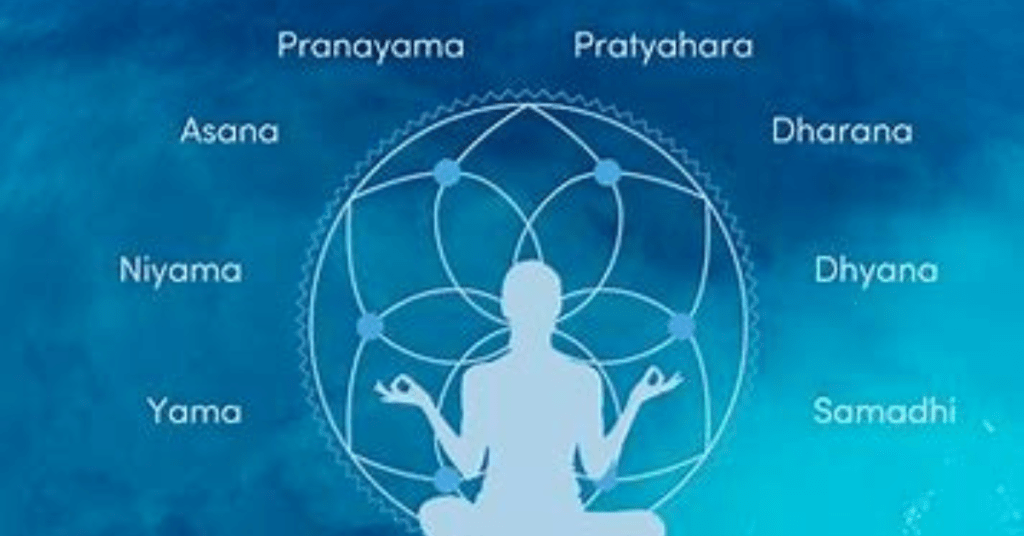In our quest for happiness and fulfillment, we often seek knowledge and information that can lead us to manifest the life of our dreams. This pursuit of happiness is an inherent part of our lives, but how can we effectively manifest our desires and achieve a state of flow where everything seems to work magically? The answer lies in the profound wisdom of yoga, which extends far beyond the physical postures and spiritual practices commonly associated with it.
Yoga is not just about twisting and turning the body, nor is it limited to meditation and spirituality. It is a holistic system that aims to connect the body with the mind and the mind with the spirit. The ultimate goal is to reach a state of Samadhi, a state of blissful union where we connect with our inner spirit and everything in life starts to flow effortlessly.
Understanding the Different Dimensions of Yoga:
Yoga encompasses various dimensions, and it’s essential to explore these facets to experience its full potential. While many in the Western world primarily focus on the physical aspect of yoga, known as Hatha Yoga or Ashtanga Yoga, it’s crucial to recognize that there is much more to this ancient practice.
The Eightfold Path of Yoga:
Hatha Yoga is just one part of the eightfold path of yoga, which is outlined in ancient yogic texts. The path consists of:
Yama
Niyama
Asana
Pranayama
Pratyahara
Dharana
Dhyana
Samadhi
The first three aspects, Yama, Niyama, and Asana, are related to the body. Yama deals with ethical and moral principles, Niyama involves personal disciplines, and Asana comprises the physical postures. However, it’s crucial to note that Asana is just a small part of the yoga journey.
The next three aspects, Pranayama, Pratyahara, and Dharana, focus on the mind. Pranayama refers to breath control, Pratyahara is withdrawal of the senses, and Dharana means concentration. These steps are integral to achieving mental mastery and connecting with the mind’s higher faculties.
The final two stages, Dhyana and Samadhi, are the core of yoga and involve connecting with the spirit. Dhyana is meditation, while Samadhi is the ultimate goal – a state of profound bliss and realization of oneness.
Going Beyond the Physical Aspects:
In the Western world, yoga is often reduced to physical exercises, but the true essence of yoga lies in progressing through all eight stages. While practicing yoga postures can offer numerous physical benefits, it’s essential to delve deeper into the practice by incorporating pranayama and meditation. These aspects allow you to connect with your mind, and ultimately, your spirit.
The Role of the Mind:
When we think of the mind, we usually consider the conscious mind or the brain. However, the mind in yogic philosophy encompasses a vast and intricate landscape of conscious and subconscious layers. To harness the full potential of yoga, it’s crucial to explore and understand the mind’s depths, connect with its higher aspects, and ultimately access the power of the spirit.
Yoga for a Life of Flow:
The practice of yoga offers a path to connect your body with your mind and your mind with your spirit. When you achieve this harmonious connection, you enter a state of flow where everything seems to fall into place effortlessly. It’s not just about physical well-being or stress relief; it’s about creating a life in tune with your true calling and achieving a profound state of happiness and fulfillment.
In conclusion, yoga is a holistic system that goes beyond physical postures and spirituality. It’s a path to connect your body, mind, and spirit, and when you achieve this union, you unlock the power to manifest a life of happiness and flow. So, explore the depths of yoga, incorporate its various dimensions, and embark on a journey towards self-realization and a life filled with abundance and joy.

